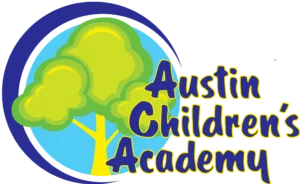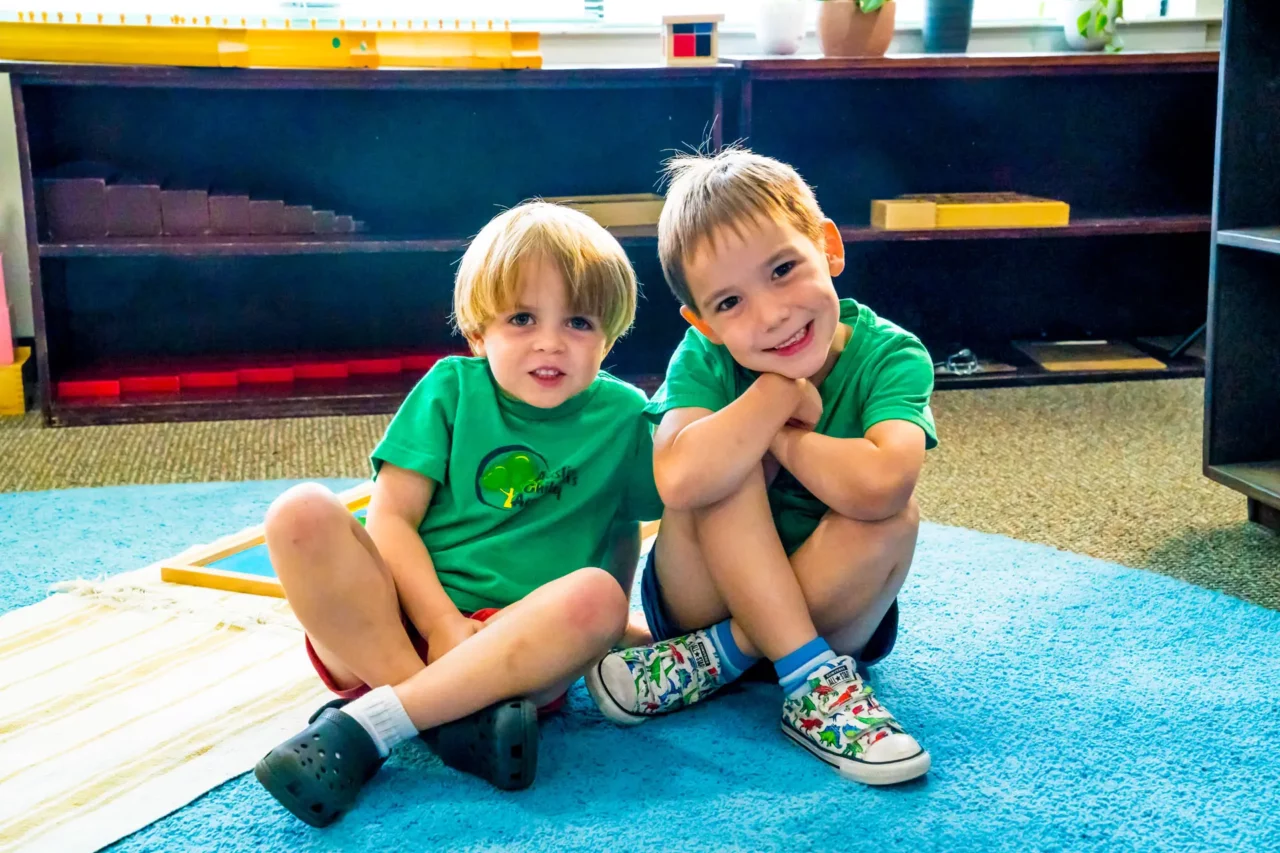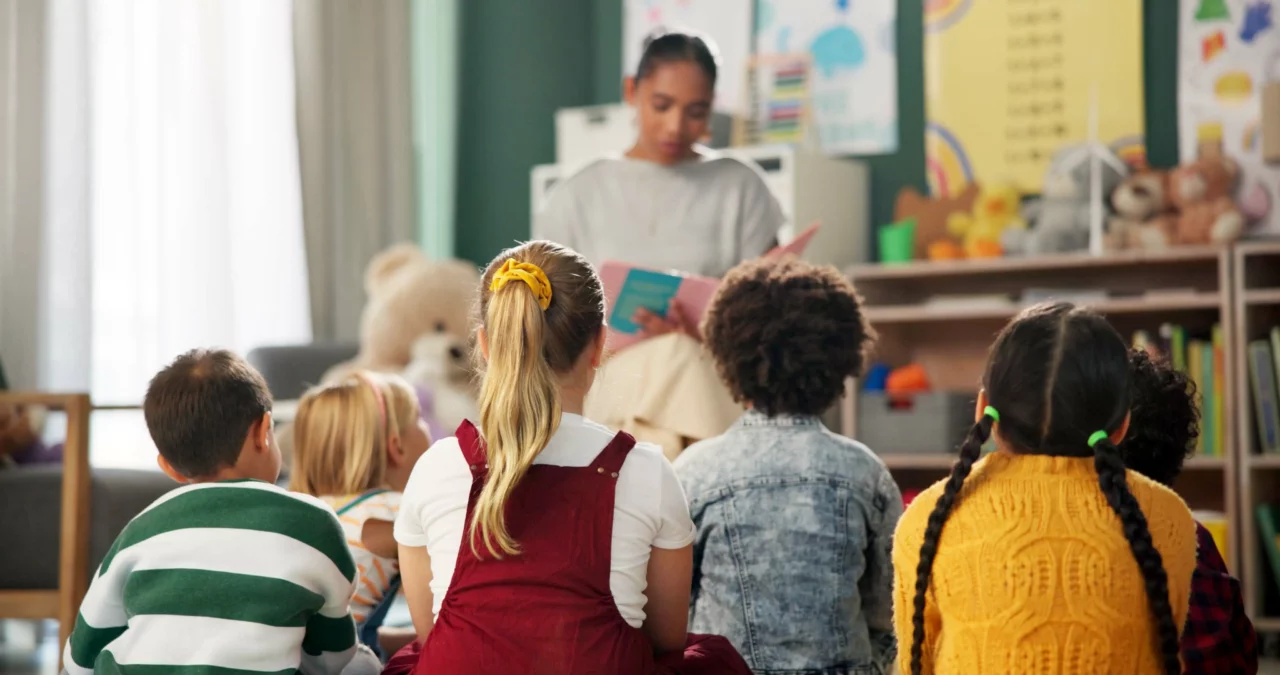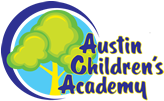
Play-Based Early Childhood Education
The majority of preschool options today are play-based, in that they do not include any sort of formal educational curriculum. A play-based classroom is generally divided up into activity areas that may include a play kitchen, a water table, an area with blocks and other hands-on toys, and perhaps a space with age-appropriate books children can look at. The play-based classroom facilitates development of social skills, and although there is no prescribed curriculum, young children naturally learn through play, and many parents are happy with the play-based classroom.
Academically-Oriented Early Childhood Education
Even the most academically-oriented early childhood classroom doesn’t treat young children like miniature adults. Because children are geared toward learning through play, academically-oriented preschools weave teaching in with hands-on activities that are age-appropriate. There are numerous types of preschool environments that intertwine academics with play, including language immersion programs, developmental education, and the Montessori model.
Language Immersion
For many parents, raising children who are bilingual is an important goal. Some language immersion classrooms are conducted 100% in the child’s non-native language, while others split instruction roughly 50-50 between teaching in English and teaching in the foreign language. Currently Spanish is the most commonly-chosen language for language immersion preschools, but French, German, and Chinese are also popular among parents who want to raise bilingual children.
Developmental Education
Developmental education in preschool isn’t necessarily associated with one particular educational model. Typically, these programs are largely play-based, but the curriculum addresses several areas of childhood development specifically, including gross and fine motor skill development, language and cognitive development, and development of social skills. Some classrooms are more teacher-directed while others are more child-centered. These preschools include free play time in addition to more structured learning times.

The Montessori classroom is structured, but not in a way that is necessarily familiar to parents who were brought up in traditional classrooms. The Montessori classroom incorporates the principles of observing children as they play and learn, allowing children to choose activities based on their natural interests, and the creation of an environment that is conducive to hands-on learning at a pace that is right for the individual child. Montessori classrooms often include children of different ages, and parents whose children thrive in the Montessori environment can choose to continue to educate children in Montessori schools rather than traditional schools after they reach school age.
Parents naturally want the best early childhood education for their children, because it lays the foundation for a love of learning that can last a lifetime. What works best for one family may not be ideal for another. Even within the same family, play-based preschool may be perfect for one child, while a more academically-oriented preschool may be right for a sibling. Researching the options early, along with cost, schedule, and other factors affecting the feasibility of a given preschool program helps parents prepare financially and prepare their children for the best possible early childhood education experience.





